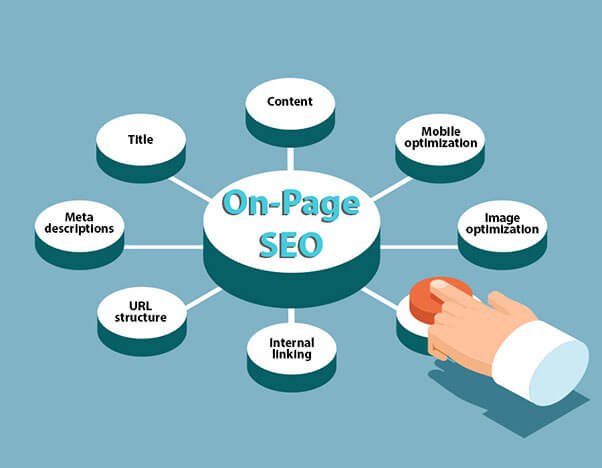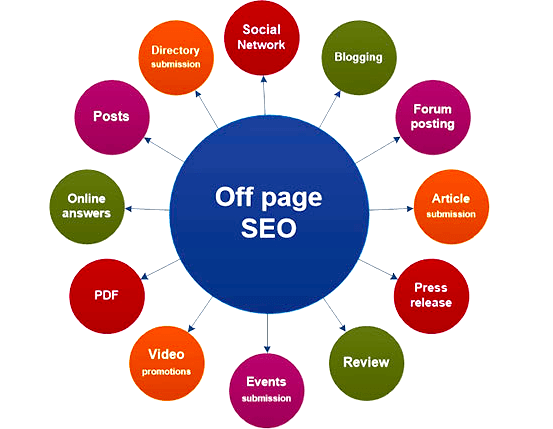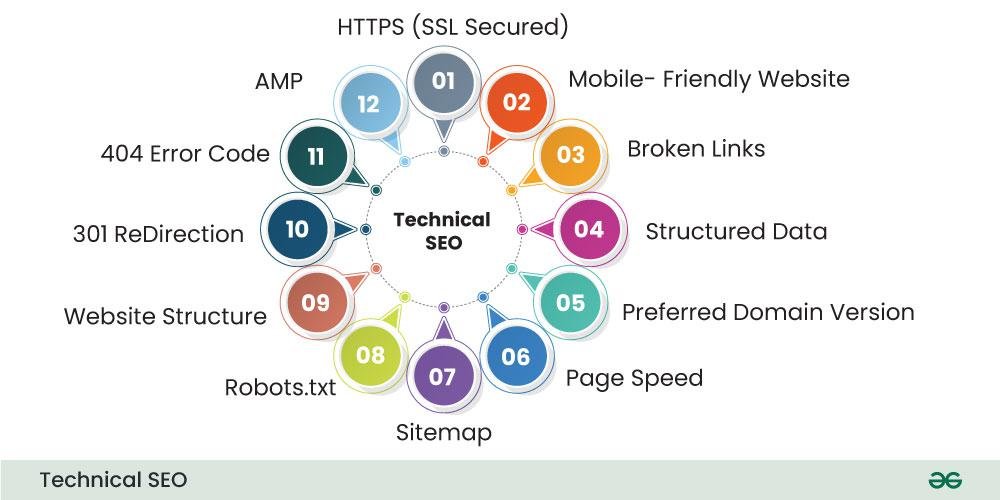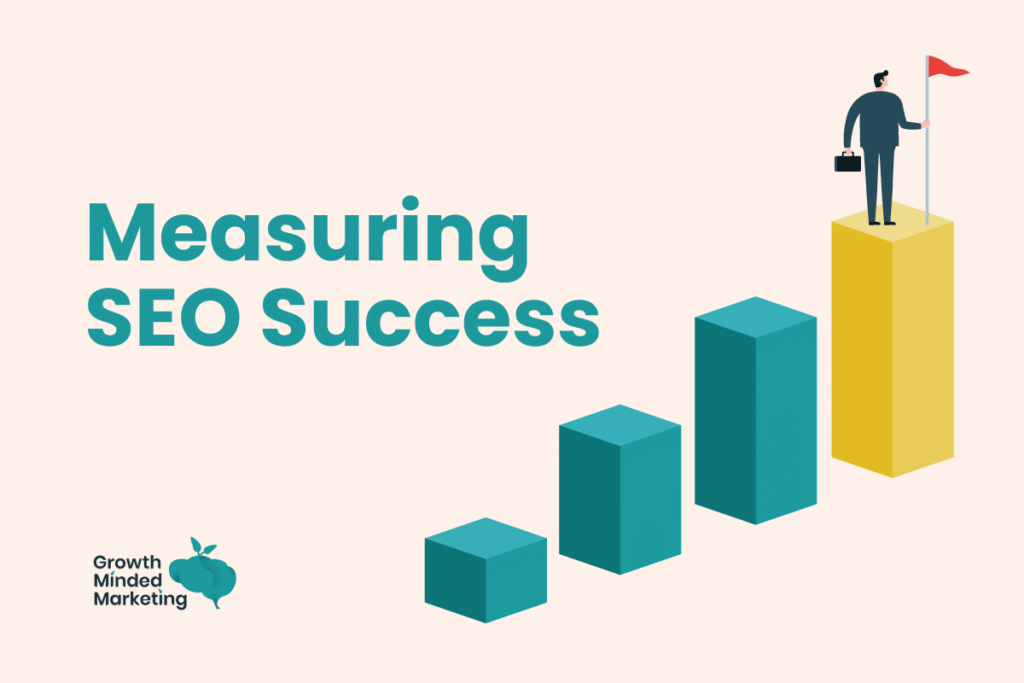Search Engine Optimization (SEO) is no longer optional for entrepreneurs in the digital age. Whether you’re running a niche e-commerce site, building a blog, or scaling a startup, mastering SEO is essential for increasing your online visibility and bringing in the traffic your business needs to thrive. But for newcomers, navigating the intricacies of SEO can feel daunting. From technical jargon to algorithm updates, where do you even begin?
The purpose of this guide is to simplify SEO for entrepreneurs and small business owners. By focusing on five essential SEO strategies, you’ll gain actionable tips to boost your site’s traffic, enhance your online presence, and grow your brand. Whether you’re a first-time entrepreneur or a small business owner just starting your SEO journey, this guide is for you.
Understanding the Basics of SEO
The foundation of SEO starts with understanding what it is and how it works.
What is SEO?
SEO is the practice of optimizing your website to make it more discoverable on search engines like Google. It helps your website rank higher on search engine results pages (SERPs), ultimately bringing more organic (unpaid) traffic to your site.
Key SEO Terms You Should Know
- Keywords: The words or phrases people type into search engines when looking for something.
- Backlinks: Links from other websites to your site; often seen as votes of credibility.
- Indexing: The process of search engines storing and organizing content to retrieve it efficiently.
- Crawling: When a search engine sends bots (crawlers) to read your site’s content.
Search engines like Google use algorithms to analyze and rank web pages for relevance and quality. By understanding SEO basics, you can align with these algorithms and create content that meets their criteria.
Keyword Research for Beginners
If SEO were a house, keywords would be the foundation. Keyword research identifies the search terms related to your business that your audience is using.
Why Is Keyword Research Important?
Accurate keyword research ensures your content aligns with what your target audience is searching for. Targeting the wrong keywords is like selling surfboards in the desert.
Best Keyword Research Tools
- Google Keyword Planner (free)
- Ahrefs (paid)
- Ubersuggest (freemium)
- SEMrush (paid)
How to Choose the Right Keywords
- Relevance: Ensure the keyword aligns with your business and audience.
- Search Volume: Keywords with higher search volumes reach more people.
- Competition: Low-competition keywords are easier to rank for.
For example, instead of targeting a broad term like “shoes,” a niche entrepreneur could target “eco-friendly running shoes for women.”
On-Page Optimization Techniques

Now that you’ve done keyword research, it’s time to use those keywords strategically across your website.
Optimizing Titles and Meta Descriptions
Your title tag is often the first thing users see on a SERP. Aim for:
- Incorporating your main keyword naturally.
- Keeping it concise yet engaging (under 60 characters).
Your meta description should:
- Include secondary keywords when possible.
- Be catchy and no longer than 155 characters.
Header Tags and Their Role
Structure content with clear headers (H1, H2, H3), making it easier for users and search engines to read. For example:
- H1 (Main topic): 5 Essential SEO Strategies.
- H2 (Subsections): Keyword Research for Beginners.
Linking Strategies
Internal Linking helps users (and search engines) seamlessly discover more of your content. For instance, link your blog post about “social media strategies” to another post on “marketing trends.”
External Links to high-authority websites boost credibility. For example, linking to Google’s Webmaster Guidelines to explain SEO rules.
Image Optimization
Rename image files to include keywords (e.g., “eco-friendly-shoes.jpg”). Use alt text to describe the image for readers who may use assistive technologies.
Off-Page Optimization

While on-page optimizations control what’s on your website, off-page SEO focuses on improving your authority elsewhere.
Building Backlinks
High-quality backlinks are SEO gold. Aim for:
- Guest blogging on reputable sites.
- Reaching out to industry publications.
For example, a food entrepreneur could contribute recipes to popular culinary blogs in exchange for links.
Social Media Helps SEO
While not a direct ranking factor, social shares increase visibility and contribute to generating backlinks. Share new blog posts or product pages across your social channels, and don’t forget to encourage conversations!
Technical SEO Essentials

Often overlooked, technical SEO is what makes your site functional and accessible.
Website Speed Optimization
Did you know 53% of users leave a site that takes longer than 3 seconds to load? Tools like Google PageSpeed Insights can pinpoint issues slowing down your site.
Mobile-Friendliness
With over 60% of web traffic coming from mobile devices, your site must work seamlessly on smaller screens. Use Google’s Mobile-Friendly Test to evaluate.
Sitemap Submission
Submit your sitemap to Google using Google Search Console (GSC) so it can properly index your pages. Search engines love clear, organized information.
Content Creation for SEO

Great SEO calls for great content. Aim for a reader-friendly structure, regular updates, and engaging content tailored to your audience.
Structure and Readability
Break content into digestible sections using bullet points and short paragraphs. Adding visuals keeps your audience engaged.
Updating Old Content
Google loves fresh content. Updating an old blog post with new insights or statistics can give it a fresh boost in rankings.
Measuring Your SEO Success

You’ve optimized, created, and published. Now what? Assess your progress.
Key Metrics to Monitor
- Organic Traffic via Google Analytics.
- Keyword Rankings using tools like Ahrefs.
- Bounce Rate (amount of users leaving after one page view).
Adapting Your Strategy
SEO isn’t set and forget. If blog traffic drops, investigate why. For example, competitors might have published updated guides.
Avoid These Common SEO Mistakes
Lastly, common pitfalls to avoid:
- Keyword Stuffing: Overusing keywords harms SEO and credibility.
- Ignoring Mobile SEO: If your site isn’t mobile-friendly, don’t expect users to stay.
- Low-Quality Content: Avoid producing content that adds no real value to readers.
Take Action with These SEO Strategies
SEO might feel overwhelming at first, but taking small, consistent steps helps entrepreneurs steadily improve traffic and visibility. Mastering keywords, optimizing your on-page content, and leveraging tools like Google Analytics are essential starting points. Remember, results won’t happen overnight, but the rewards are well worth it.
For entrepreneurs ready to take their SEO to the next level, don’t stop here. Create a checklist for these strategies and start implementing them today. The digital world is waiting for your business to shine.



